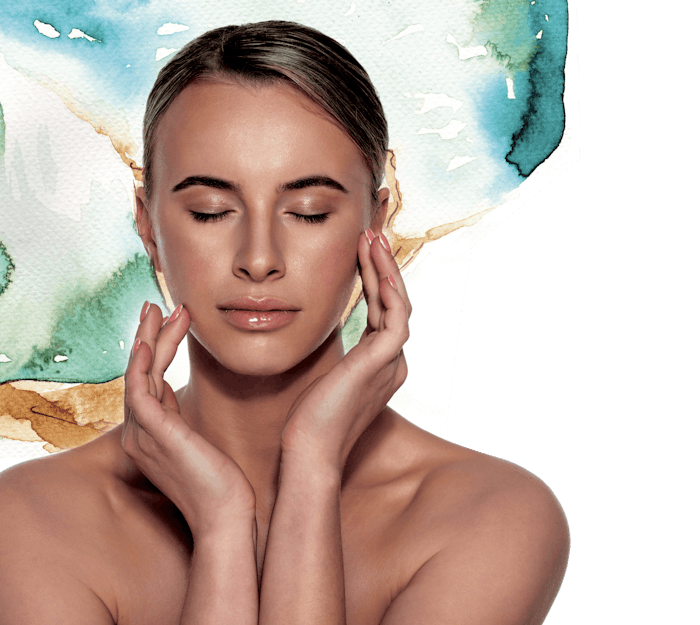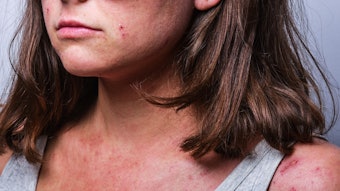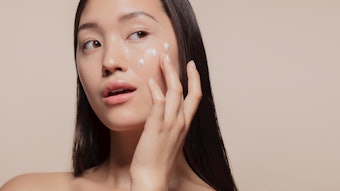
Rejuvenating skin without skin injury or irritation
The treatment of photoaging is challenging. Everyone wants an affordable treatment regime that works reasonably easily, quickly and with little or no downtime. For centuries, skin peeling has been one of the mainstays in treating photoaging, but is always associated with pain and significant downtime. The heavier peels gave better results, but with an element of risk from over-peeling. Years ago, almost nobody was using topical vitamin A to prepare the skin for the insult ahead. After extensive research, I came to realize that before any peel, one needed to use the cosmetic versions of vitamin A in preference to tretinoin to help the skin heal faster, remove the risk of hyperpigmentation and promote collagen deposition.
The Problem With Peels
My research into what I call "cool peeling" emerged from the dissatisfaction with very low pH, destructive phenol peels and the somewhat less destructive, intense trichloroacetic acid (TCA) peels. Clinicians then believed that one needed to destroy most of the skin so that it could grow anew from the remnant hair follicles and sweat glands.1 The peel killed every cell in the epidermis and extended to varying depths into the papillary and reticular dermis, resulting in the intense scarring and tightening of the skin’s appearance. The epidermis remained compromised and thinner with loss of the dermal papillae. One had to be very careful not to over-treat any area due to the very real danger of scarring. The peel product was watery and transparent, making it difficult to control even after dyes were added.
Continue Reading our Digital Magazine to learn more about rehabilitation after chemical peels...
Des Fernandes, MB.B.Ch., FRCS, is a plastic and reconstructive surgeon. He first described the method for Collagen Induction Therapy and used his research and in-depth knowledge of the beneficial effects of vitamin A on the skin to develop the Environ Skin Care products.











